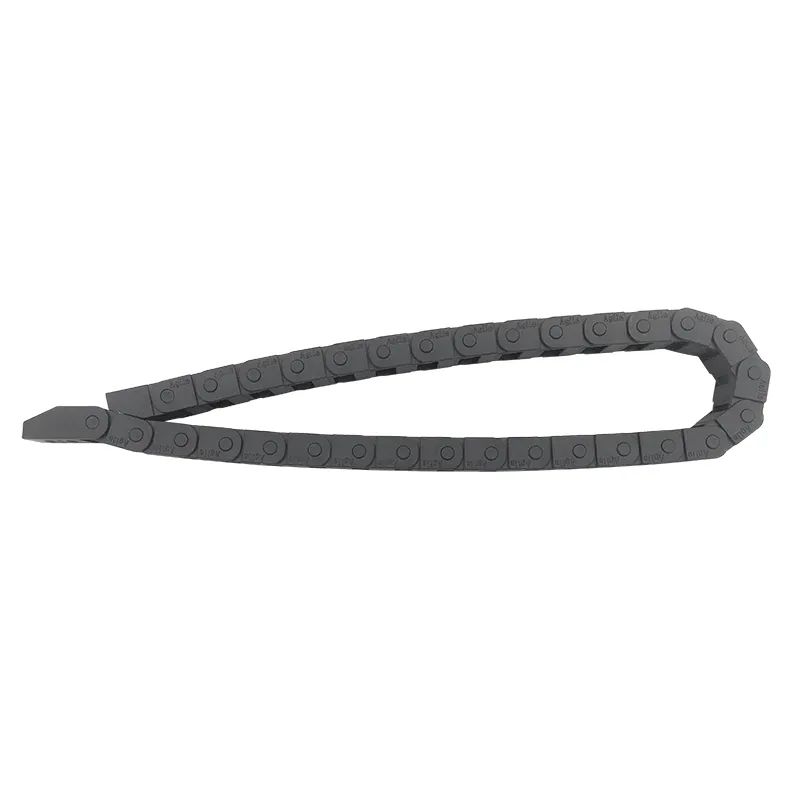cable chain cnc
Understanding Cable Chains in CNC Applications
In the world of CNC (Computer Numerical Control) machining, the efficiency and precision of operations are paramount. One critical component that significantly influences these factors is the cable chain, also known as drag chain. Cable chains are essential for managing and protecting the various cables and hoses connected to CNC machines, ensuring seamless operation while preventing wear and damage.
What is a Cable Chain?
A cable chain is a modular, flexible conduit used to guide and protect moving cables and hoses. It is designed to accommodate the dynamic movement of machinery, particularly in applications where equipment requires free movement while maintaining the integrity of its wiring. These chains are composed of interconnected links that form a channel through which cables can run, offering both protection and organization.
Importance in CNC Machinery
1. Protection and Longevity CNC machines often operate in environments that can be abrasive or otherwise damaging to exposed cables. By using a cable chain, manufacturers can shield these critical components from wear and tear, thereby extending their service life and reducing maintenance costs.
2. Flexibility and Space Savings Cable chains are designed for flexibility, allowing them to adapt to various machine movements, whether linear or rotational. This adaptability facilitates compact setups, reducing the space required for cable management while maximizing operational efficiency.
3. Safety In CNC operations, it is crucial to ensure that cables do not interfere with moving parts or create tripping hazards. A well-designed cable chain keeps cables organized and out of harm's way, enhancing workplace safety.
cable chain cnc

4. Enhanced Performance By preventing cable tangling and unnecessary movement, cable chains contribute to the overall performance of CNC machines. This organized layout can lead to fewer production delays and improved machining precision.
Types of Cable Chains
Cable chains come in various shapes and sizes, tailored to the specific needs of different CNC applications. Some chains are made from plastic, providing lightweight and corrosion-resistant solutions, while others may be crafted from metal for enhanced durability in heavier-duty settings. The choice of material often depends on the environment in which the CNC machine operates and the types of cables being managed.
Installation and Maintenance
When installing cable chains, it is essential to ensure they are appropriately sized for the application. Chains that are too small can lead to stress on cables, while oversized chains may not provide adequate support. Regular maintenance checks are also advisable to identify wear or damage early, ensuring reliable operation.
Conclusion
In conclusion, cable chains are an integral component of CNC machining, contributing significantly to operational efficiency, safety, and equipment longevity. By effectively managing cable organization and protection, manufacturers can focus on enhancing productivity while minimizing disruptions due to cable-related issues. As CNC technology continues to evolve, the importance of reliable and efficient cable management systems like cable chains remains undeniable.








